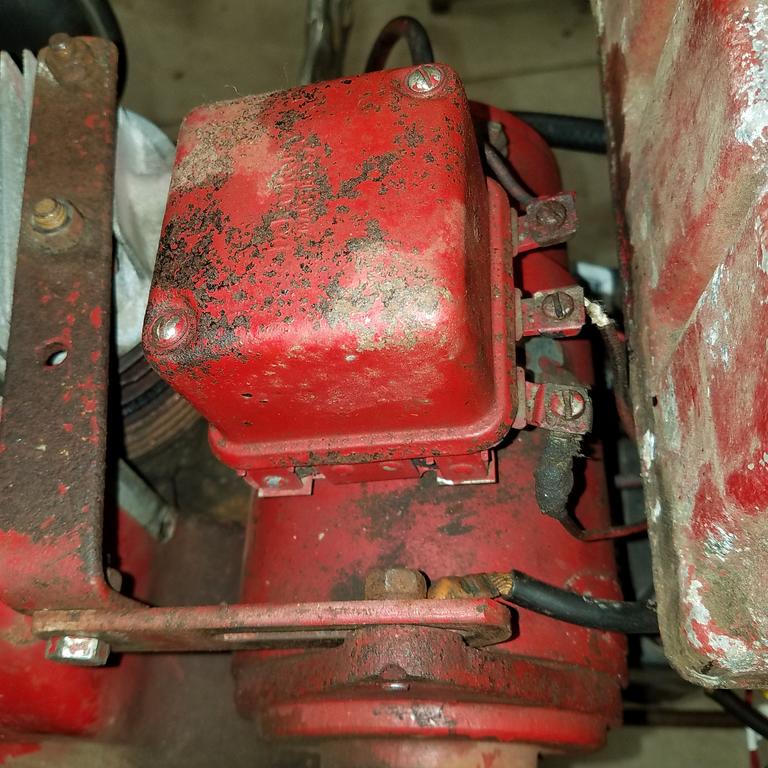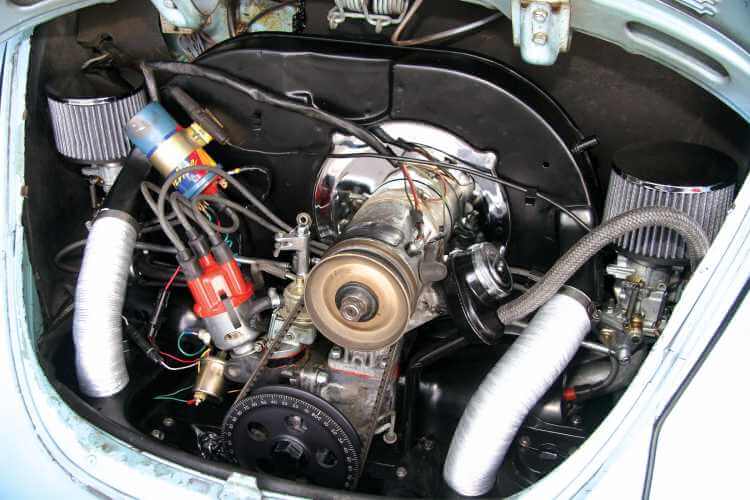When you remove a generator from the electrical system, you need to polarize it before reinstalling it. Polarization is basically a procedure to match the polarity for the voltage regulator and the generator.
You need to match the current flow through the generator before connecting it to the electrical system. If you do not correctly match the polarity, it can damage the electrical components.
If you have never polarized a generator before, this article will guide you on doing it safely and correctly.
What Is a Polarization Process?
 The generator usually remembers the current’s direction when in use through stored magnetism. When you do not use the generator for an extended time, the magnetism scatters. Consequently, the generator forgets which direction the current is flowing in.
The generator usually remembers the current’s direction when in use through stored magnetism. When you do not use the generator for an extended time, the magnetism scatters. Consequently, the generator forgets which direction the current is flowing in.
This happens when you replace or remove the generator from the electrical system. To solve the problem, you need to polarize the generator before reinstalling or reconnecting.
When to Polarize
You can do polarization anytime during the electrical system’s or generator’s maintenance. Furthermore, it should be done when the generator has not been used for a long time.
During maintenance, the polarity of the generator is reversed. If you do not polarize your generator, you can cause damage to the generator. Not just the generator but also the electrical system will be affected along with appliances connected to the generator.
Step-by-Step Instructions to Polarize a Generator
Let’s take a 12V generator to explain the process. You can install a 12V generator to either a negative or positive ground system. Therefore, you should know what the polarity of your electrical system is.
Removing the Fan Belt
Remove the fan belt when the generator is still attached to the machine. You can either remove it by hand or use a screwdriver or socket to loosen the arm that holds the fan belt. Now, put away the screws and fan belts safely, as you will require them later.
Fashion the Wire
Now, you need to fashion the wire so that it can easily cover the generator and the battery. You can use two alligator clips and 16 or 14 gauge jumper wire for this purpose. Make sure to use electrical tape to cover each part of the wire.
Any part of electrical wire left unsealed can result in accidental fire or electrical shock.
Attaching the Jumper Wire
You can find the “A” terminal label, which is an armature terminal on your generator. Here, you need to connect the jumper wire.
Positive Ground Systems
With one end of the wire, lightly touch the negative terminal of the battery. It will create some sparks, so you should not touch the wire too long to prevent any damage.
The step will help to recover the stored magnetism in the generator. As a result, when you turn on the generator, the right polarity current will flow.
Negative Ground Systems
From the other end of the wire, follow the same procedure. Just lightly touch the positive terminal of the battery. Do not touch the wire for too long, as it will negatively affect the generator.
The step is crucial to reinstate the stored magnetism to ensure the right polarity current is flowing through the generator.
Why Polarization Is Important
 The generator converts mechanical energy to electrical energy. The device can output either negative or positive current. The generator stores the electric current when it shuts down. Next time when you start the generator, it will start from the direction of the previous current.
The generator converts mechanical energy to electrical energy. The device can output either negative or positive current. The generator stores the electric current when it shuts down. Next time when you start the generator, it will start from the direction of the previous current.
The generator will not produce electricity when the stored magnetism is lost. Furthermore, the reversed current direction can cause damage to other elements of the generator. It highly affects the voltage regulator.
You can damage the whole system when you do not properly polarize the generator before reinstalling it.
Final Thoughts
The current will flow in the predicted direction from the electrical system when the polarization is appropriately done. By following the proper polarization process, you are protecting the generator and electrical system from damage.
The process becomes straightforward as you know your generator’s or system’s polarity. However, working with an electrical system can be tricky. So, you need to know basic concepts before actually performing polarization on your system.